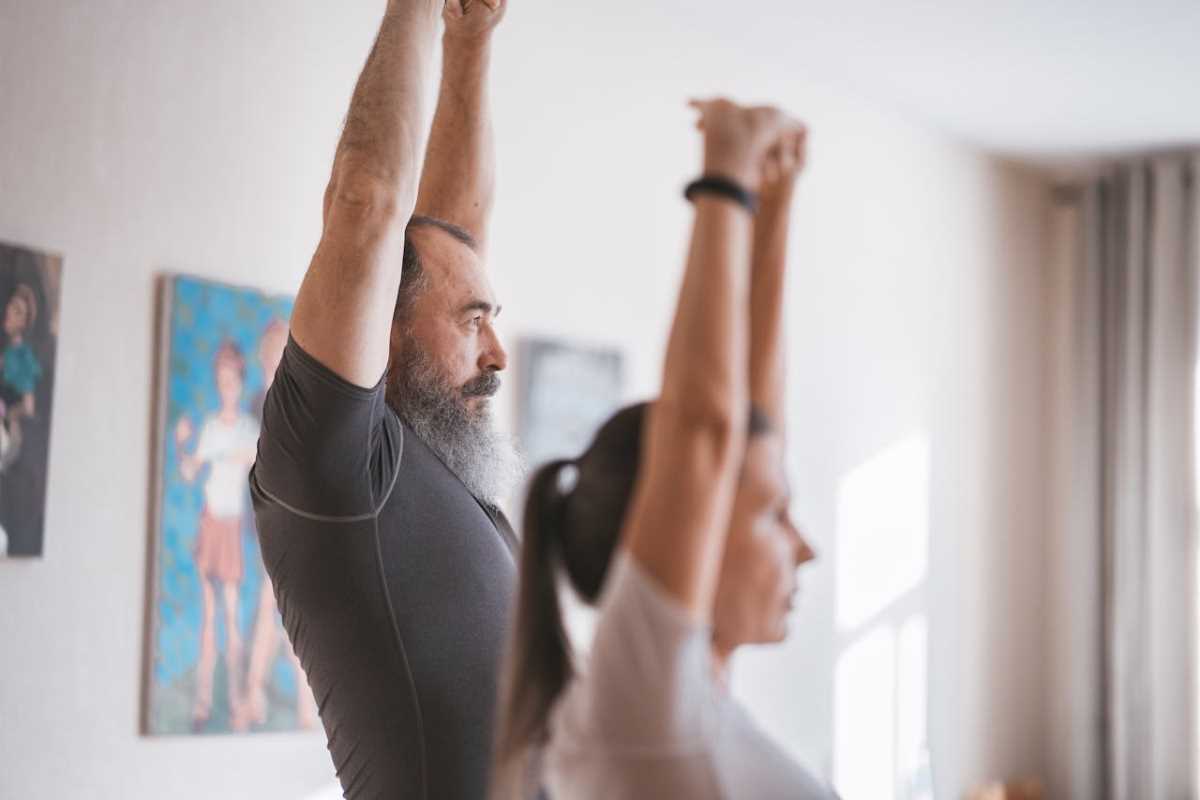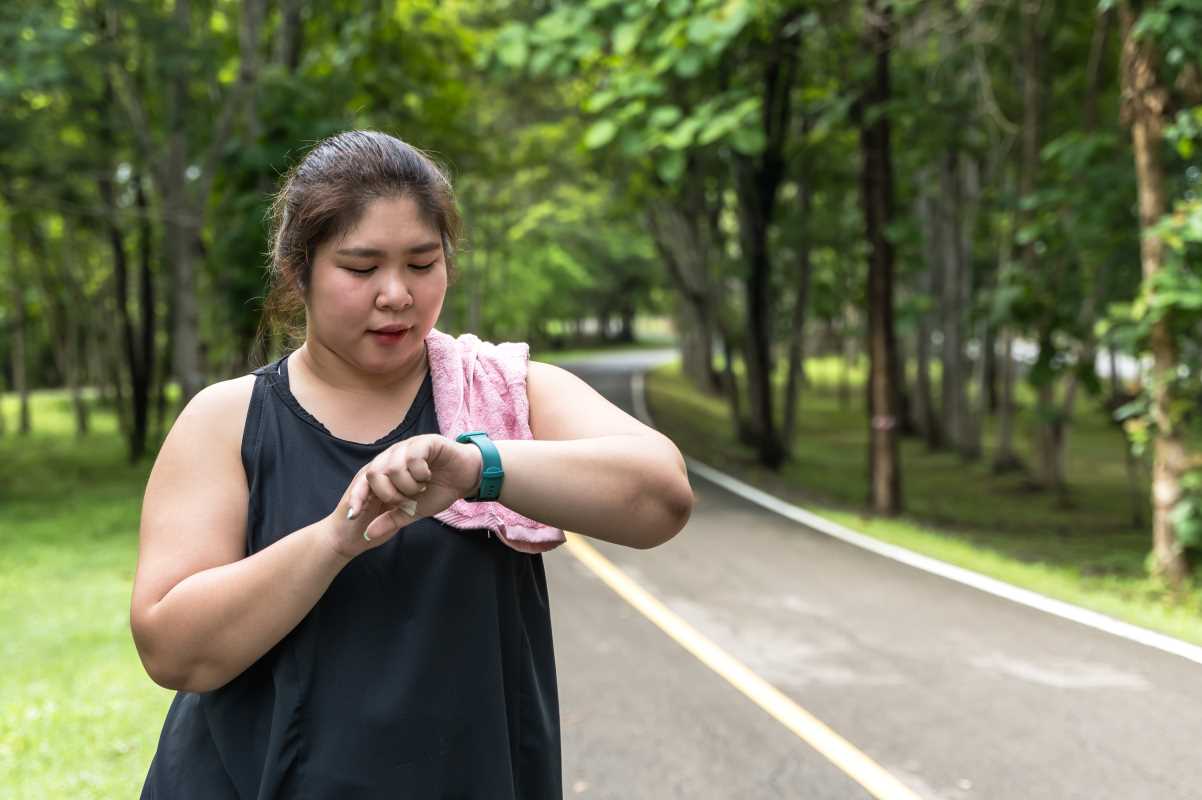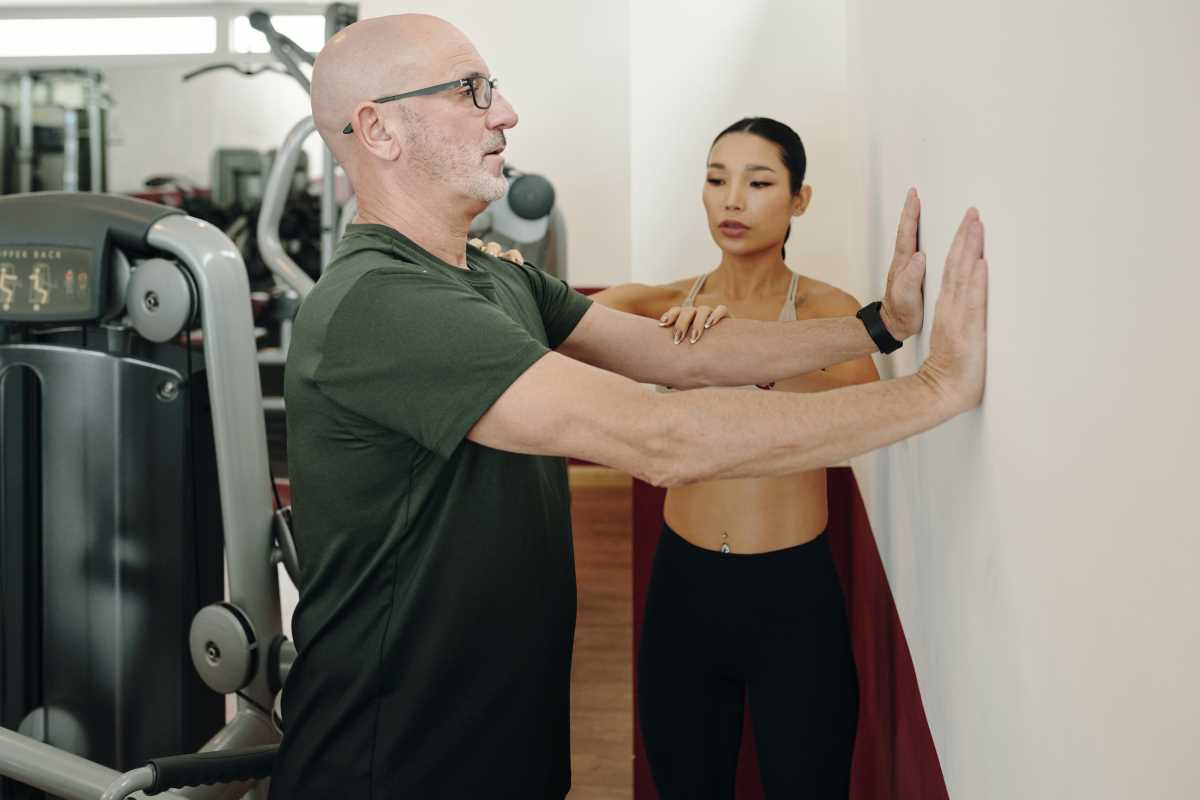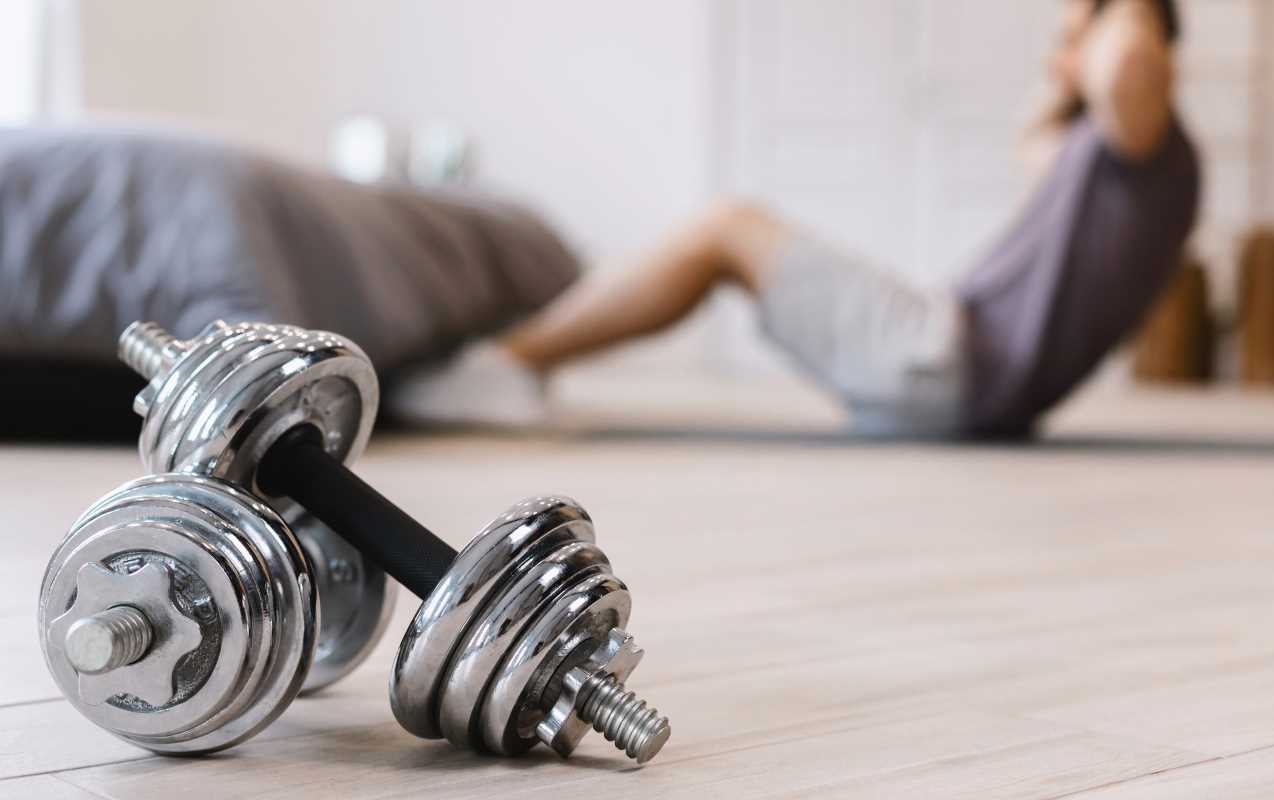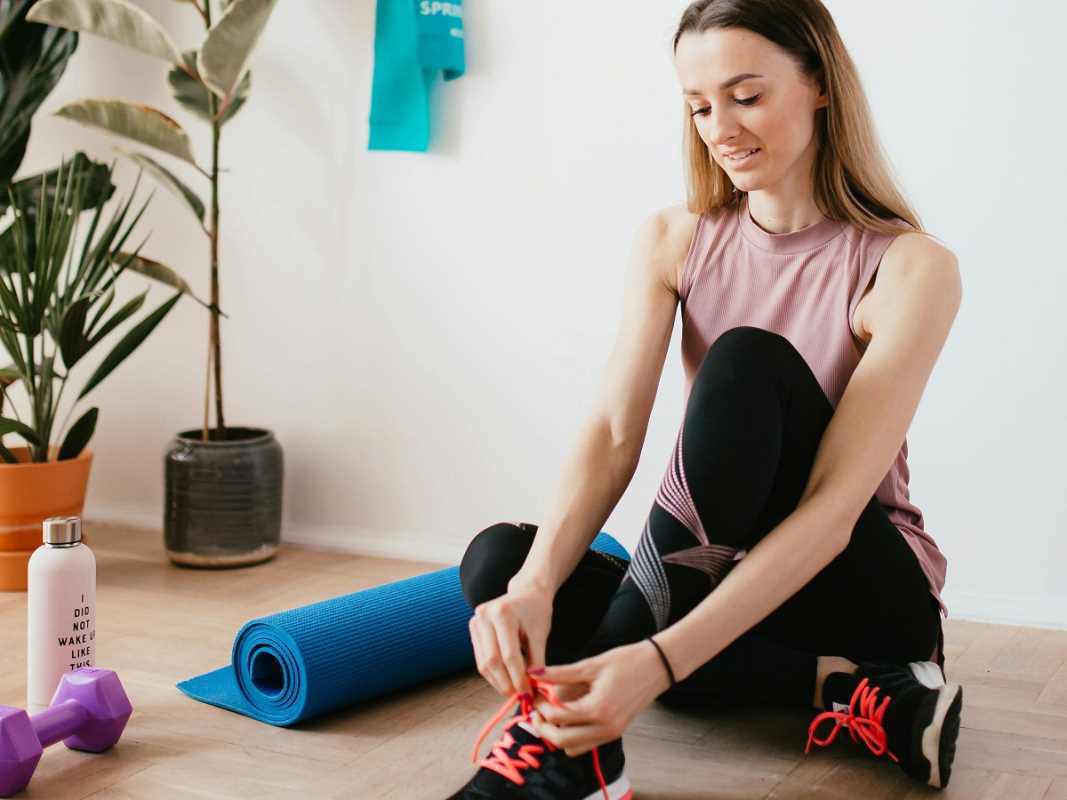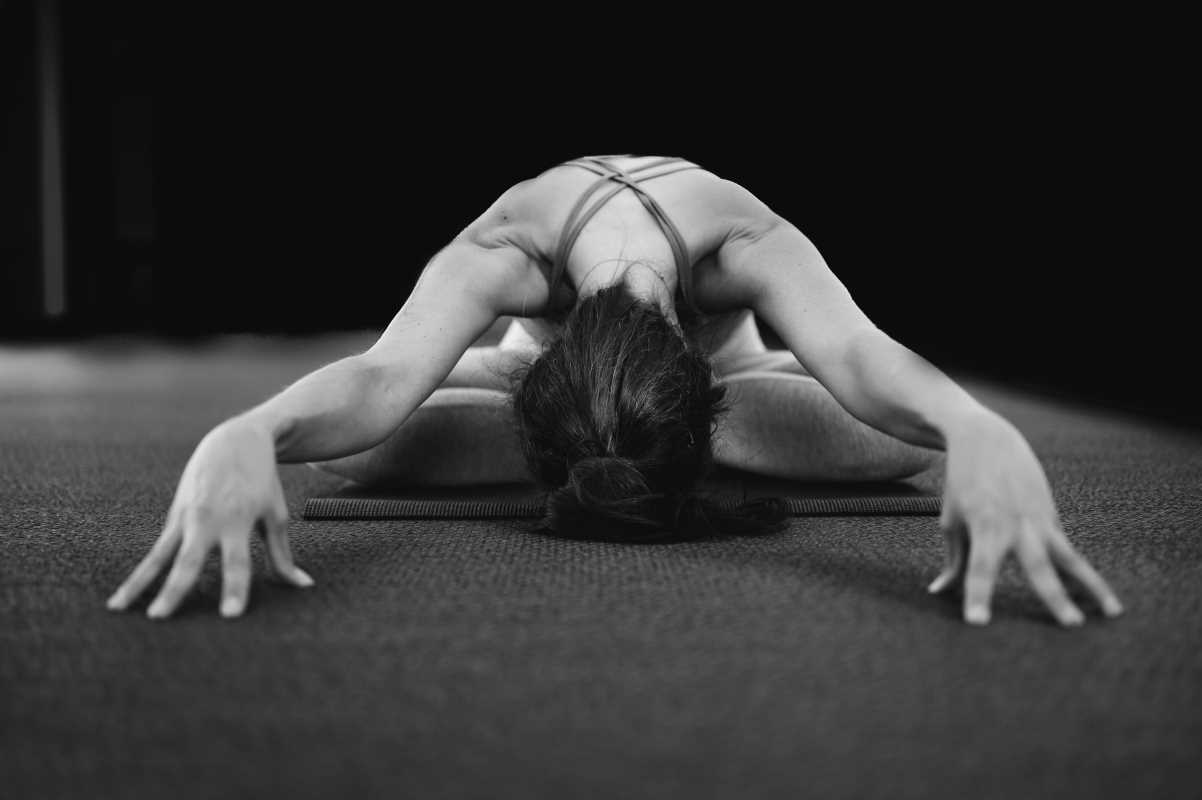Your desk chair isn't your friend. Sure, it cradles you through countless Zoom calls and endless emails, but it's also slowly working against your body. Eight hours of sitting creates a cascade of problems that ripple through your muscles, joints, and overall health. The good news? You don't have to accept stiffness and pain as the price of productivity.
Sitting all day wreaks havoc on your body in ways you might not even realize. Your hip flexors shorten and tighten, pulling on your lower back. Your glutes basically take a vacation, leaving other muscles to pick up the slack. Your shoulders round forward, and your neck cranes ahead like a turtle. Meanwhile, your circulation slows, your core weakens, and your posture gradually crumbles.
But here's what we know for sure: movement is medicine. The right exercises can undo the damage, strengthen weak spots, and help you feel amazing in your own skin. You'll discover targeted moves that tackle the biggest sitting-related problems, plus simple solutions you can weave into your workday. Ready to show that chair who's boss?
The Real Cost of Sitting All Day
Let's get real about what prolonged sitting does to your body. Research from the Mayo Clinic shows that people who sit for more than eight hours daily have a 90% higher risk of developing type 2 diabetes. But the problems start long before serious health issues emerge.
Your hip flexors – muscles at the front of your hips – adapt to constant shortening by becoming chronically tight. This creates a forward pull on your pelvis, forcing your lower back to compensate. Meanwhile, your glutes forget how to fire properly, a condition researchers call "gluteal amnesia." When your body's most powerful muscle group checks out, everything else has to work overtime.
Your upper body doesn't escape either. Hunching over keyboards and screens rounds your shoulders forward and pushes your head into "forward head posture." This puts enormous strain on your neck muscles and can trigger tension headaches. The American Physical Therapy Association estimates that 60% of office workers experience neck and shoulder pain directly related to their workstation setup.
Poor circulation becomes another major issue. When you sit, blood pools in your legs and moves more slowly through your cardiovascular system. This reduces oxygen delivery to tissues and can leave you feeling sluggish and mentally foggy. Your lymphatic system also relies on movement to function properly, so sitting all day impairs your body's ability to eliminate toxins and waste products.
The psychological effects matter too. Studies show that sedentary behavior increases rates of anxiety and depression. When your body feels stuck, your mood often follows. Breaking up sitting time with movement isn't just about physical health – it's about mental wellness too.
Hip Flexor Stretches That Actually Work
Your hip flexors are probably screaming for attention right now. These muscles connect your thighs to your torso and spend all day in a shortened position when you sit. Tight hip flexors don't just cause hip discomfort – they're often the hidden culprit behind lower back pain.
Couch Stretch for Deep Release
This stretch targets your hip flexors more effectively than traditional lunges. Find a couch, bench, or sturdy chair for this game-changing move.
Place your back foot on the elevated surface and step your front foot forward into a lunge position. Keep your torso upright and gently push your hips forward. You should feel a deep stretch through the front of your back leg's hip and thigh.
Hold for 60 seconds on each side. Don't rush this one – your hip flexors need time to release years of tightness. Breathe deeply and let gravity help you sink deeper into the stretch.
Pro tip: If the stretch feels too intense, place a pillow under your back knee for support.
Standing Hip Flexor Stretch
Don't have access to a couch? This standing version works anywhere and requires zero equipment.
Step one foot back about three feet behind you. Keep your back heel lifted and gently push your hips forward while keeping your torso tall. Place your hands on your front thigh for support if needed.
The key is the forward hip push – this creates the stretch through your hip flexor rather than just bending forward. Hold for 30-45 seconds per side and repeat throughout your day.
Dynamic Hip Circles
Sometimes your hips need movement, not just static stretching. Hip circles warm up the joint and help restore normal range of motion.
Stand with your feet hip-width apart and place your hands on your hips. Make large, slow circles with your hips, imagining you're moving a hula hoop. Complete 10 circles in each direction.
This movement helps lubricate your hip joints and reminds your body how to move in multiple planes – something sitting severely limits.
Glute Activation Exercises
Your glutes are designed to be powerhouses, but sitting all day puts them into hibernation mode. Weak glutes contribute to lower back pain, knee problems, and poor posture. The good news? These muscles respond quickly to targeted activation exercises.
Glute Bridges for Foundation Strength
This simple move rebuilds the mind-muscle connection with your glutes while strengthening your entire posterior chain.
Lie on your back with knees bent and feet flat on the floor. Squeeze your glutes and lift your hips until your body forms a straight line from knees to shoulders. Hold for two seconds at the top, then lower slowly.
Start with 15 repetitions and focus on quality over quantity. You should feel this working in your glutes, not your lower back. If you feel it in your back, try squeezing your glutes harder and tucking your tailbone slightly under.
Make it harder: Try single-leg bridges once you've mastered the basic version.
Clamshells for Hip Stability
Side-lying clamshells target your glute medius – a crucial muscle for hip stability that weakens from prolonged sitting.
Lie on your side with knees bent at 45 degrees. Keep your feet together and lift your top knee while squeezing your glute. Hold for one second at the top, then lower with control.
Perform 15 repetitions on each side. You should feel this in the side of your hip, not your thigh. If you feel it in your thigh muscles, slow down and focus on initiating the movement from your glute.
Wall Sits for Endurance
Wall sits rebuild glute endurance while improving your squat mechanics – both crucial for people who spend their days sitting.
Stand with your back against a wall and slide down until your thighs are parallel to the floor. Your knees should be at 90 degrees and directly over your ankles. Hold this position while focusing on keeping your glutes engaged.
Start with 30-second holds and work up to 60 seconds. This exercise teaches your glutes to fire properly while supporting your body weight.
Posture-Correcting Strengthening Moves
Poor posture from sitting creates muscle imbalances throughout your upper body. Your chest muscles become tight while your upper back muscles become weak and overstretched. These exercises restore balance and help you stand taller.
Band Pull-Aparts for Upper Back
Resistance band pull-aparts strengthen the muscles between your shoulder blades that fight against hunched shoulders.
Hold a resistance band at chest height with arms straight. Pull the band apart by squeezing your shoulder blades together. Focus on pinching your shoulder blades back and down.
Perform 15-20 repetitions, holding the squeeze for one second each time. Don't have a band? Do the same movement without resistance – it's still effective for muscle activation.
Wall Angels for Shoulder Mobility
This exercise improves shoulder mobility while strengthening the muscles that maintain good posture.
Stand with your back against a wall and raise your arms into a goalpost position. Keep your back, arms, and hands in contact with the wall as you slowly slide your arms up and down.
Complete 10-15 repetitions, moving slowly and maintaining wall contact throughout. This move reveals how tight your chest and shoulders have become from sitting hunched over.
Prone Y-T-W Raises
These exercises target the small but mighty muscles that stabilize your shoulder blades and support good posture.
Lie face down with arms extended overhead in a Y shape. Lift your arms off the ground while squeezing your shoulder blades down and back. Hold for two seconds, then lower.
Next, move to a T position with arms out to your sides and repeat. Finally, bend your elbows to form a W shape and lift again.
Perform 8-10 repetitions of each position. Start with body weight only – these muscles fatigue quickly after being neglected.
Core Strengthening for Desk Warriors
Sitting weakens your core muscles, particularly your deep stabilizers that support your spine. A weak core forces your hip flexors and back muscles to work overtime, creating a cycle of dysfunction.
Dead Bug for Core Stability
This exercise teaches your core to stabilize while your limbs move – exactly what you need for better posture and back health.
Lie on your back with arms reaching toward the ceiling and knees bent at 90 degrees. Slowly extend your right arm overhead while straightening your left leg, keeping both just above the ground.
Return to starting position and repeat on the opposite side. Focus on keeping your lower back pressed against the floor throughout the movement.
Complete 10 repetitions on each side. This exercise looks easy but requires intense core control when done correctly.
Bird Dog for Back and Core
Bird dog strengthens your core while improving coordination between your back and abdominal muscles.
Start on hands and knees in a tabletop position. Extend your right arm forward and left leg back simultaneously, creating a straight line from fingertips to toes.
Hold for 5 seconds, then return to center and switch sides. Keep your hips level and avoid arching your back.
Perform 8 repetitions on each side. This exercise rebuilds the stability your spine craves after hours of sitting.
Plank Variations for Total Core
Planks strengthen your entire core while teaching proper spinal alignment – crucial for anyone who sits all day.
Start with a basic forearm plank, holding for 20-30 seconds. Focus on creating a straight line from head to heels without sagging or piking your hips.
Progress with these variations:
- Side planks: Target your obliques and improve lateral stability
- Plank with leg lifts: Add instability to increase core activation
- Plank up-downs: Move between forearm and high plank position
Work up to 60-second holds as your strength improves.
 (Image via
(Image via.jpg)
